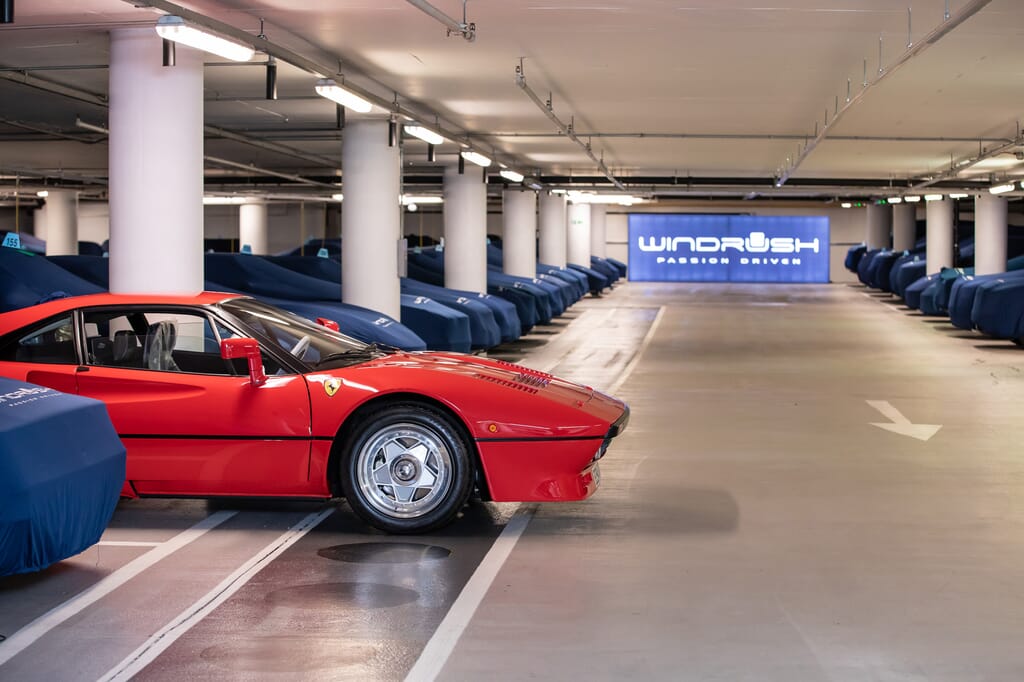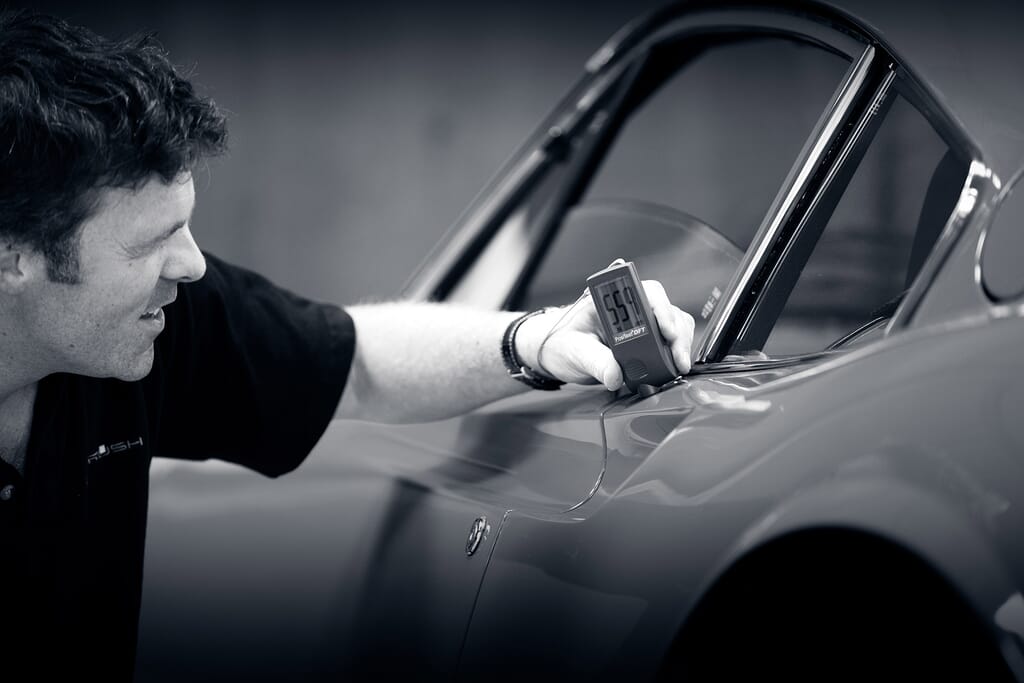Will my classic car deteriorate if stored long term?
It’s a common question for those fortunate enough to find themselves as a classic car custodian – you work hard to own such a machine, but what will happen to your pride and joy while you are away funding it?
Undeniably, extended periods of slumber have a negative impact on classic cars, some more than others. However, this can be controlled with some prior planning, preparation and persistence…
Paintwork and chrome
Exposure to the elements can have several different detrimental effects on both paintwork and chrome, such as water spots, sun fading and of course scratches. Whether you own an unrestored example with delicate original paint or a freshly restored example with a mile-deep shine, these components need protection.
The ideal conditions are indoors, dry, dark and covered. Accessing the correct knowledge for simple areas such as car cover choice can have huge benefits to your paintwork, and although finding such a space in central London can be difficult, the investment is undoubtedly worth it. After all, it’s the first things anyone sees…
Climate
Put simply, classic cars need no encouragement to rust. That’s not to say they are overly delicate beasts, but some small oversights in storage can cause big problems long term.
Beyond visible moisture, climate and humidity of the space comes into play when considering long term storage. Moisture needs certain conditions to prosper, and having the incorrect climate, or most commonly a variable climate, can encourage moisture to develop and linger around your car. Be sure to assess the climate of any space your car is being held in for extended periods.
Mechanical and electrical components
Though they are works of art, classic cars are designed to move, and as a result the life of their componentry can be greatly diminished if left static for too long.
As such, it is important to routinely get these components moving. Batteries can quickly lose charge if left unattended, and delicate components such as fuses can find themselves ravaged by time. Ensuring correct starting procedures are adhered to, with regular checks of spark plugs and carburettor, will pay dividends for your engine. Be sure to move the car back and forth, even if only slightly, to alleviate brake seizure. This will also help with another common issue – square tyres.
Square tyres
This is not an issue only faced by classic cars, but extended periods of time weight bearing on a singular contact patch can cause car tyres to flatten and change shape. The levels of this are of course variable between different cars, but even a lightweight racer can fall foul of this without due attention.
Monitoring tyre pressures, as well as routinely moving the car back and forth, can alleviate this issue. With classic car tyres especially this is worth keeping an eye on, as period correct replacements can be costly.
Summary
With both modern and classic cars, for best results speak to the experts. Located in both the Cotswolds and Central London, Windrush Car Storage are on hand to care for your pride and joy – please do not hestitate to contact us for further information.





